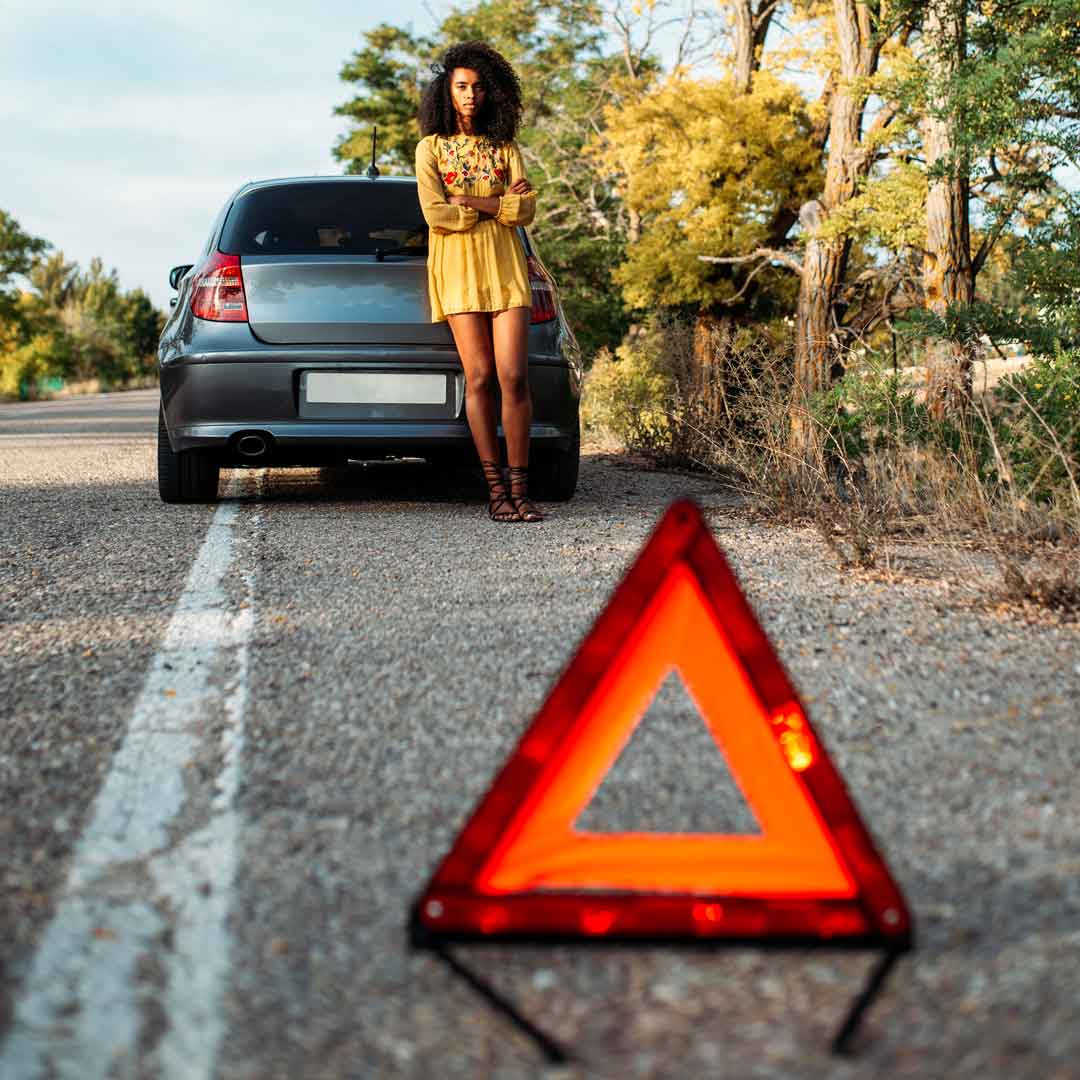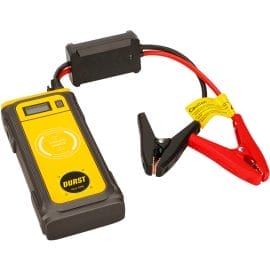How to Jump Start a Vehicle
A battery jump starter is essential kit for every vehicle.

Dealing with a flat battery can be draining. It’s probably happened to you before, or maybe you have been asked to jump start someone else's car?
As a driver, it’s important to know how to jump start a vehicle in an emergency, or offer help to someone else. Without proper knowledge, jump-starting a battery can go horribly wrong. Read the guide below to learn how to jump start your vehicle safely in times of need.
Before you try jump starting a vehicle, you need to work out if the battery is the reason it isn’t starting up. If you turn the ignition and hear the engine cranking, a dead battery isn’t the problem and jump starting won’t help. If the engine is cranking slowly, but not enough power to turn it over, then jump starting your vehicle is probably the solution. The best way to check if it’s safe to jump start, is by looking in the owner’s manual in the section dedicated to jump starting. If your car is a hybrid, it is usually recommended NOT to jump start your car, as it may cause damage to the hybrid system, as well as possible electrocution.
If the vehicle is safe to jump start, locate the battery, usually under the bonnet, although some newer vehicles have them located in the boot, or under the passenger seat for some European cars. Identify the positive and negative terminals. The positive terminal will have a (+) symbol (or it’s bigger than the negative terminal) for the red positive lead and the negative terminal will have a (-) symbol, for your black negative lead.
If you are wondering which jumper starter will suit your vehicle, we’ve written a guide to help you choose here.
How to use a portable jump starter to jump start your vehicle
Portable jump starters will get your vehicle going without needing another vehicle for a jump, making them a lot more convenient than jumper cables.
First, make sure your portable jump starter is fully charged.
Jump starting a car using a portable jump starter — Always read the owner’s manual for the vehicle and the jump starter!
Attach the red clips of the jump starter to the positive terminal of the dead battery, and attach the black clips to the negative terminal on the dead battery.
Most of Durst’s portable jump starters automatically sense the battery’s polarity prior to sending power to the vehicle, eliminating the damage that can result from reversing the connection, with Reverse Polarity Protection and Anti Spike Protection.
Once the jumper cables are firmly in place, you can turn on the portable jump starter.
If the jump start works and your vehicle starts, don’t turn off the engine!
Turn off the jump starter, disconnect the jumper leads and and store the jump starter away.
Drive around for at least 15 minutes to recharge the battery. It is recommended to also top up the battery with a battery charger to get the best charge possible. If the vehicle won’t start the next time you use it, the battery needs to be replaced.

We recommend having a portable jump starter so you can keep moving safely safely, but also a battery charger at home to fully recharge it.
Unlike a charger, portable jump starters (also known as jump packs, battery boosters, emergency boosters, battery jumpers, and jump boxes ) can be used on the road or pretty well anywhere.
No products were found matching your selection.


